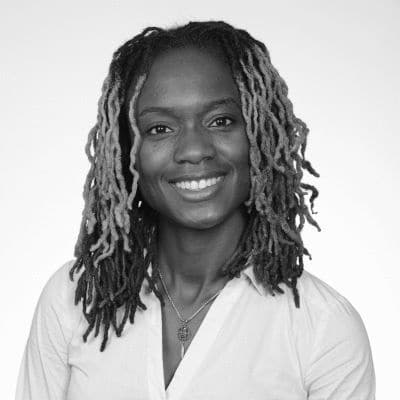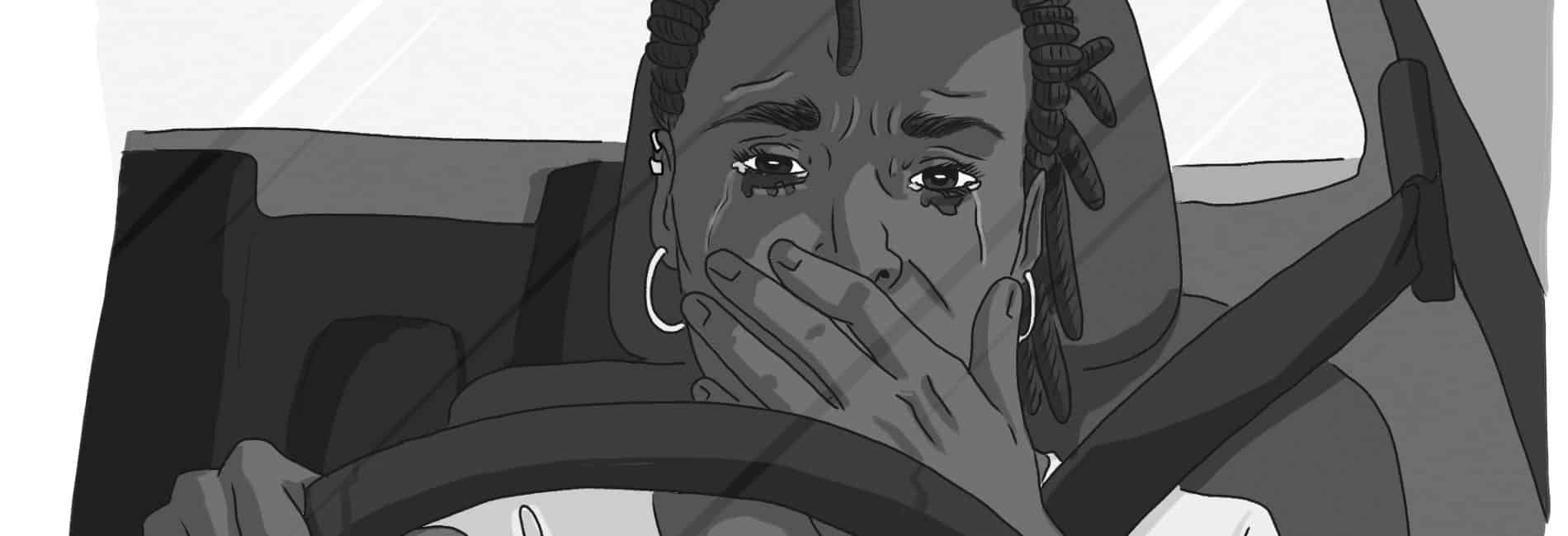Movement restrictions aimed to stop the spread of the coronavirus seem to have made violence in homes more frequent, more severe and more dangerous, according to the New York Times. Over the last few months, news outlets have reported a spike in the number of calls to domestic abuse organizations and shelters. Though the conversation around domestic abuse typically focuses on men who abuse women, domestic abuse in the lesbian community is a silent epidemic. June is PRIDE and while it’s a great time to celebrate the LGBTQ community, it can also act as an opportunity to call attention to a public health crisis in the LGBTQ community that is urgent, yet silent. That crisis is same-sex domestic abuse.
Recent studies from the Human Rights Campaign, estimate that 44% of lesbians experience domestic abuse. According to the Centers for Disease Control and Prevention (CDC), National Intimate Partner and Sexual Violence Survey, LGBTQ people have higher rates of intimate partner violence than that of heterosexual couples. There are aspects of domestic abuse that can be specific to same-sex relationships. For example, fear of being outed by an abuser, might be one reason a victim fears leaving the relationship or it might be hard for a victim to acknowledge that they are in an abusive relationship because their abuser is the same gender. Across the board, abuse is the same for LGBTQ people as it is for heterosexual people. It is about power and control – the definition of abuse.
The aim of this article is to shed light on the signs of an abusive relationship for LGBTQ people, as sometimes these signs go ignored due to gender dynamics and a social script that tells us abuse is only between a man and woman. Even though the prevalence of intimate partner violence in lesbian and gay relationships is alarming, the issue largely goes ignored – both inside and outside of the LGBTQ community. That is why I am on a campaign to create awareness within and across the LGBTQ community.
Recently, I published a novel titled Nina’s Whisper, in which the lead character, Nina, struggles to recognize that she is, in fact, in an abusive relationship. She let so many things slide along the way – the checking of her personal cell phone without permission, the jealousy and the manipulation were all things she was used to in previous lesbian relationships, unfortunately. She just chalked it up to, “that’s how women are”. I am here to tell you that these behaviors aren’t healthy and overtime, can lead to a loss of one’s identity, low self-esteem and even escalate into physical abuse. After years of domestic abuse and the struggle to finally identify it as such, Nina left the relationship for good. Recovering from relationship abuse can be tough – you will need therapy.
So how can you recognize the signs of domestic abuse? If you are trying to assess whether your relationship is abusive or not, take a look at the following questions:
Do you feel embarrassed or ashamed about the things that happen in your relationship?
Are you hiding things from your loved ones that happen in your relationship, but that also make you sad?
Is your partner jealous of your other relationships?
Does your partner take issue with you spending time with others without her?
Does your partner accuse you of cheating or flirting with others?
Does your partner try to control how you dress or act?
If you answered yes to any of these questions you are not alone. There are resources and advocates to help you.
If you answered yes to any of these questions you are not alone and you can take action now, by tapping into these resources and advocates. In addition to the warning signs of domestic abuse, it is important to know that abuse is about power and control, which means it can happen to anyone. The race, gender, gender presentation and/or sexual orientation of the abuser is irrelevant. We are programmed to believe that only men abuse women, which adds an additional layer of vulnerability to women and men who are in abusive relationships with someone of the same gender – you might not immediately recognize the warning signs. The fear of being “outed” can also be a means of power and control that an abuser holds over his or her victim. You might also think that because you have physically fought back to protect yourself against your abuser, that you are somehow an abuser yourself. This is a tactic that an abuser uses to control you – they guilt trip you and use gaslighting to make you feel as though you are the reason for the abuse you are experiencing. Protecting yourself and standing up for your humanity in the face of an abuser, is not abuse. Reactive abuse is not a thing.
If you are reading this and trying to figure out if you are in an unhealthy relationship, then you probably are. Most counties across the country have a local domestic violence organization that can help you. The National Domestic Violence Hotline is there to help you. These resources are also for family and friends of victims of domestic abuse. If you notice any warning signs that a loved one might be in an abusive relationship, reach out to an advocate or organization now.
Byline: Dr. Sheena Howard is an award-winning author, filmmaker, comics writer and educator. Her novel, Nina’s Whisper, about a woman’s struggle to triumph over domestic abuse at the hands of another women released on April 19th, 2020. Proceeds from the book were donated to Womanspace, a domestic abuse organization in Mercer County, N.J. She can be reached on Twitter at @drsheenahoward.



